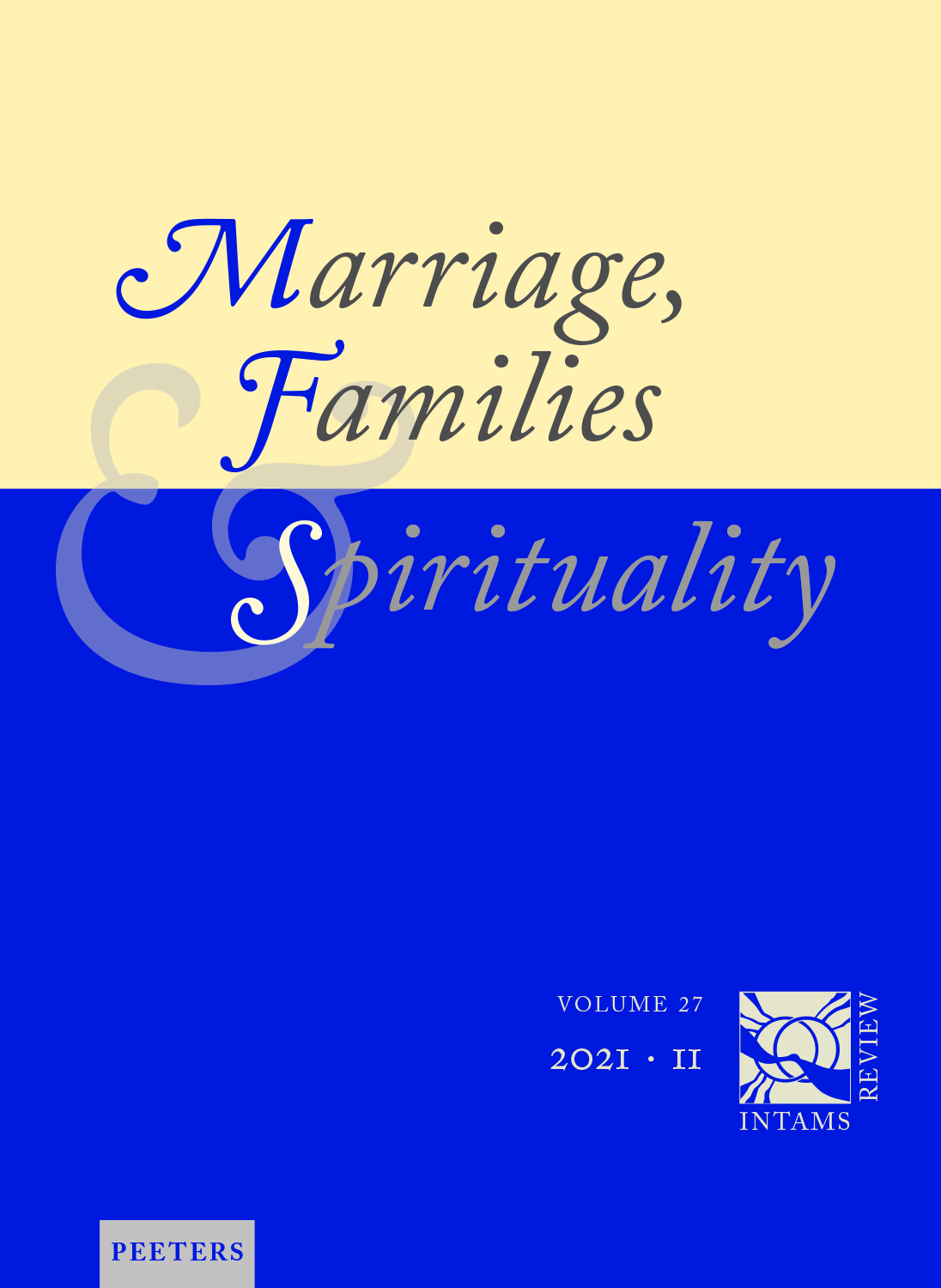 previous article in this issue previous article in this issue | next article in this issue  |

Preview first page |
Document Details : Title: The Current Canonical Legislation of the Catholic Church on Marriage with Particular Reference to the Major Changes of the Last Century Author(s): CONNOLLY, Patrick Journal: Marriage, Families & Spirituality Volume: 29 Issue: 2 Date: 2023 Pages: 233-264 DOI: 10.2143/INT.29.2.3292587 Abstract : The Catholic Church’s law on marriage is found in the Latin church’s 1983 Code of Canon Law and in the 1990 Code of Canons of the Eastern Churches. This study focusses on how current canon law understands the concept of marriage in itself as distinct from the understanding found in legislation prior to Vatican II. It does so by analysing in detail the 'foundational' marriage canons and the connected changes made during the 20th century under the influence of the council’s teaching. These introductory canons are fundamental or 'constitutional' and are more numerous than the corresponding ones found with other sacraments. Against the historical background of the previous legislation with its reductionism (the 1917 code and Pius XII’s 1949 marriage legislation Crebrae allatae), the article explores how the concept of marriage now inherent in the law differs, or occasionally doesn’t, from the previous presentations. The study explains why there are different descriptions of marriage in the two codes themselves and how there are nuances in the way that the conciliar notion of 'covenant' is presented in the Latin and Eastern canons. The description of marriage as a consortium totius vitae isn’t found in Vatican II but is in both codes, and so its meaning is elucidated, and as well as the concepts of the ends and properties of marriage. At Vatican II, the Oriental Catholics had an influence on Gaudium et spes’s dropping of 'contract', but the Latin code commission was clearly reluctant to follow this model, and retained the concept. Sacramentality is depicted differently in each code. Yet while the identification of the natural reality of marriage with the sacrament, for the baptized, is more in agreement with the Latin rather than the Oriental legacy on marriage, both current codes still retain the principle, one which has provoked so much debate, even if the codes do so in different ways. Finally, there is no doubt that both code commissions in their formulation of the constitutional canons on marriage did make efforts to reflect fully the teaching of Gaudium et spes, and this resulted in major changes, even if the precise outcomes are still subject to debate. |
 |


